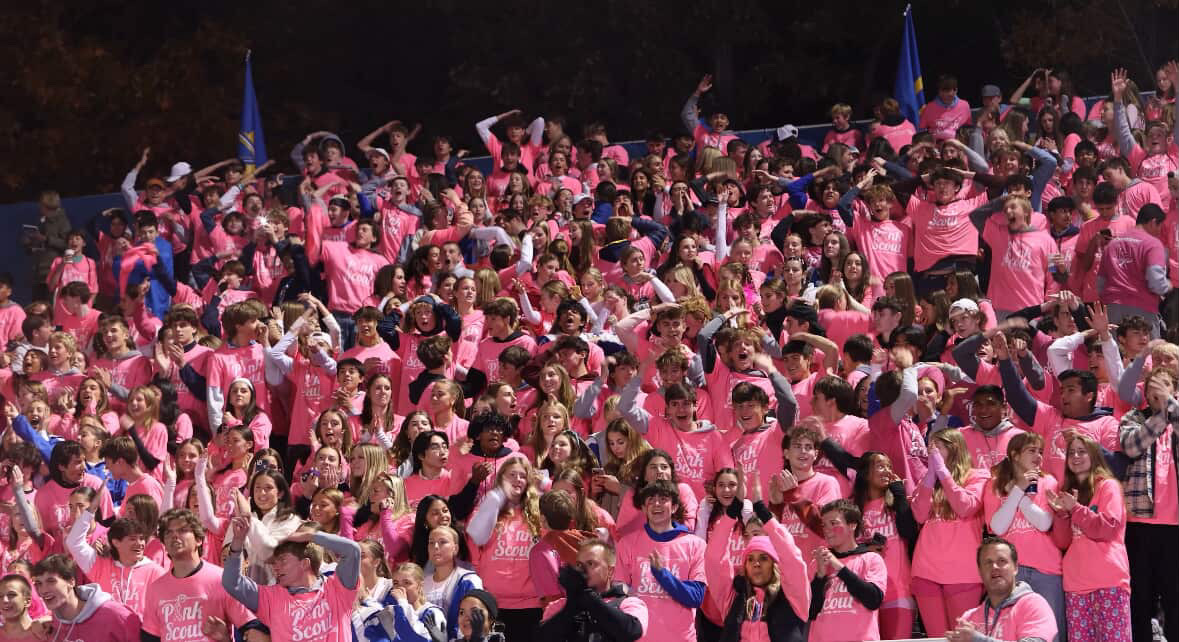
The weeks leading up to college release dates are some of the most stressful of the year for seniors. Those few minutes spent waiting on our computers for an email that our portal has been updated, while our hearts pound, are the most stressful minutes of the year.
Think about all of that waiting, all of those supplemental essays you wrote in the fall months, and all of the hope that you have to get into a college you’ve dreamed about for years, just for them to say, “We don’t know if we want you yet. Check back in the spring and relive all of these moments of suspense again.” That is called a deferral.
“I felt super eager and excited to hear back. Then, after I got the deferrals back, it was irritating to know that I now have to wait several more months,” senior Graydon Duncan said.
A better explanation for a deferral is simply just a delay. A college that defers you is moving your application from the Early Action round to the Regular Decision round because they weren’t able to come to a decision on your application just yet.
There seems to have been a significant rise in the number of deferrals this application year. Is this actually true, or are we just overreacting?
It is true. The rise of deferrals is real. But why? Are us students declining in quality? Are colleges rising in quality?
“The quality of student is not changing,” College Counselor Laura Stetson said. “What is changing are the number of applicants at each school. Common App makes it much easier for students to apply to more schools. We used to see the average student apply to 5-8 schools. That number has since risen to 8-12+.”
The ease of the Common App, test-optional policies, and the drive to get into any “reach school” has led the number of applications at colleges across the country to skyrocket.
However, the problem is that the number of spots isn’t increasing at the same rate as the number of applications. Colleges are required to be much more selective from an overwhelmingly large applicant pool.
This is what leads to colleges not being able to make a decision. In some cases, colleges don’t even have enough time to read all of their applications in time for their release date.

This happened this Janaury with the University of Texas-Austin. This fall, they received 90,562 applications, which shattered their previous record broke in the fall of 2024 of just 72,885 applications. UT-Austin had to push back their release date almost a month just so they could read through every application they received.
Also, an important stat that members of trustee boards at colleges look at is their yield rate. This is the percentage of kids who say yes to their offer of admission.
“Colleges today want to see their yield rates increase, leading to a large rise in deferrals,” Stetson said. “When kids accepted from Early Action say no to a college, this allows that college to now go into the deferral pool and find students who are more likely to end up at that college.”
For example, in the fall of 2024, the University of Illinois Urbana-Champaign admitted 31,247 students.
“Their yield rate was only 28%,” Stetson said. The University of Michigan – Ann Arbor admitted 16,974 students but had a yield rate of 47%.
These numbers basically tell us that three out of every ten admitted students at Illinois decide to go there. On the other hand, five out of every ten admitted students at Michigan will decide to go there. If a student got into both of these schools, they are much more likely to go to Michigan.

This would infer Illinois to be a backup to Michigan. From the perspective of the University of Illinois, this is obviously not what they want as a school that is ranked 33 in the US News college rankings.
Illinois is going to want to boost their reputation. This would make their school more appealing to students and it would also bring in more money.
Some of the nations best schools—such as those in the Ivy League—have yield rates of anywhere between 60-80%. Colleges hope to make theirs as close to that number as they can make it.
Unfortunately, the future looks no different.
“If kids keep applying to more schools, then the number of deferrals will continue to rise in the following classes,” Stetson said.
Then what is the answer to this problem? It’s unlikely that students will suddenly start to stop applying to so many schools, especially with Common App allowing up to 20 applications.
We aren’t able to stop this crazy spike of the number of applications, and if the quality of students isn’t declining, then there’s no easy fix.
There is an alternative that many students decided to take this year. Students can apply to the Early Decision pool. This means that you apply early, and if you are accepted, then you are required to go there. This tells colleges that they are your number one choice, and that you aren’t using them as a safety measure.
“Early Decision is super nice because it shows a ton of interest in the school you apply to which is exactly what they are looking for,” senior Tommy Swift said who was accepted by Wake Forest Early Decision. “If you get in, you are set. You don’t need to worry about getting deferred from a bunch of schools.”
The downside with Early Decision is that it’s not offered everywhere. It’s really only seen in private schools. It’s not something that is typically seen from state schools, which are the largest schools in the country.
Right now, there doesn’t seem to be an end to this cascade of deferrals in the near future. Unless Common App decides to limit the number of schools each student is allowed to apply to, we will continue to see deferrals rise in the near future.
But it is not time to panic! Again, a deferral is a delay. Not a rejection.







